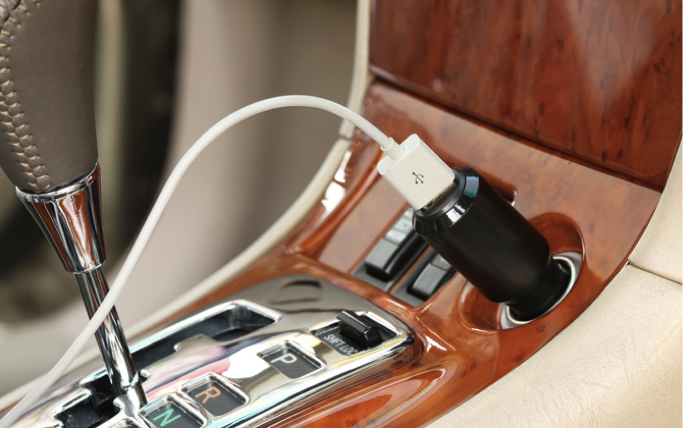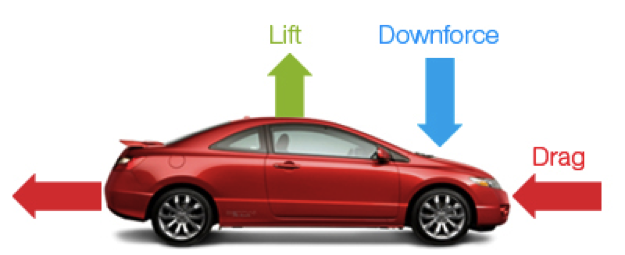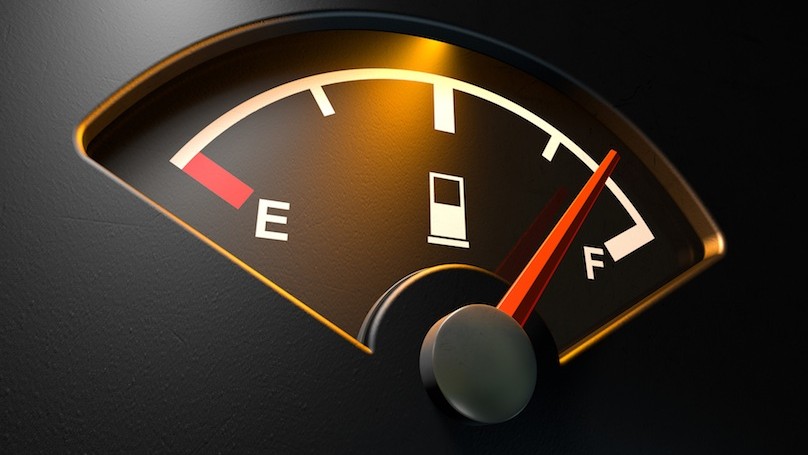wheels.ca | Laurie Izzy | November 12, 2015
If you haven’t yet been hit by freezing rain, snowstorms or wind chills, have no fear; winter driving will be upon all Canadians any minute now. No matter which Province you call home, we will suffer in unison with plummeting temperatures, black ice, snow plows, endless litres of wiper fluid and less than stellar fuel economy. Read on to find out why your vehicle gets poor fuel mileage in winter and what you can to do to improve it winter fuel economy.
Let’s start with the basic circumstances that contribute to your vehicle’s fuel economy with a little help from the Government of Canada’s Natural Resource Page:
The following factors affect the fuel consumption of your vehicle: acceleration, driving speed, overall age and condition of your vehicle, temperature, weather, traffic and road conditions, the drivetrain, and the powered accessories (e.g. air conditioning) installed on your vehicle. In addition, small variations in vehicle manufacturing may cause fuel consumption differences in the same make and model, and some vehicles do not attain optimal fuel consumption until they are “run in” for about 6,000 to 10,000 km.
Why fuel economy is affected by winter weather
All vehicle systems run on a combination of fluids, and the properties of those fluids are subject to change when the mercury drops. As a result, your vehicle has to work harder to keep those changes to a minimum. When your vehicle works harder, it uses more fuel. That’s the simple answer, but there are many contributing factors to poor winter fuel efficiency.
1. Idling
Remote start may be the must-have option of the decade, but all the extra idling means your vehicle is getting 0 mpg or 0 km/litre when it’s sitting there for 10 or 20 minutes. Fact: Your vehicle’s engine is fit to drive after 30 seconds or so, unless of course you’re in Winterpeg, or drive a diesel, then you may need to wait a bit.

2. Tire pressure
Optimum tire pressure is perhaps one of the most under-rated fuel saving tips for a vehicle owner. We always remember to change the oil but we rarely check our tire pressure. Newer vehicles come with a digital tire pressure monitor readout which comes in handy, but make sure you know what the optimum tire pressure should be. The general consensus is that if your tires are properly inflated (check the label located on the frame inside the door opening) you’ll improve your fuel economy by 3%. It may not sound like a lot, but a few percentage points here and there will add up to a whole lot per tank.

3. Higher electrical loads
You may love the heated seats, USB ports, Bluetooth and on board movie players, but for every feature you have ‘on’, the electrical system goes into accessory overload. Your vehicle has to burn more fuel to provide you with the power to charge your digital devices, warm the heater, light the headlamps for longer periods of time (thanks to 12 hour darkness) and the rear defroster works overtime to combat ice and snow buildup.

4. Aerodynamics
According to Mr. Lube, speeding has a huge impact on fuel economy:
Did you know that driving at 120 km per hour rather than 100 km per hour increases fuel consumption by 20%? In addition, more than 50% of the energy required to move a vehicle forwards is spent pushing air out of the way, known as aerodynamic drag. The faster you drive the more aerodynamic drag increases and the more your fuel economy decreases. To further reduce this effect, try to avoid driving on the freeway with your windows rolled down as this will increase the aerodynamic drag already occurring. (This article must have been written in Florida)
During winter driving the air is thicker and full of moisture, which causes an increase in the coefficient of drag (resistance of an object), even if you’re not speeding.

Image Source: gr8autotech
Top 5 Tips: How to improve winter fuel economy
Although Canadian winter driving comes with its challenges, we can mitigate some of the inevitable loss of fuel economy by becoming a little more mindful of our habits and need to have everything ‘on’.
1. Speed Limit
Stay under the speed limit: You’ll burn less fuel and it’s safer in poor weather conditions
2. Tire Pressure
Be sure to properly inflate your tires: Check the door jam or manufacturer for numbers
3. Save Electricity
Don’t have all the electrical accessories on at once: Charge your phone before you leave
4. Don’t Idle
Turn off the engine: It’s not kind to mother nature to idle for long periods of time and it wastes fuel
5. Avoid Re-Starts
Plan your route, walk more, and avoid multiple stops and starts. Every time you start a cold engine it uses more fuel.
Source: https://www.wheels.ca/guides/winter-fuel-economy-why-it-sucks-and-how-you-can-improve-it/

